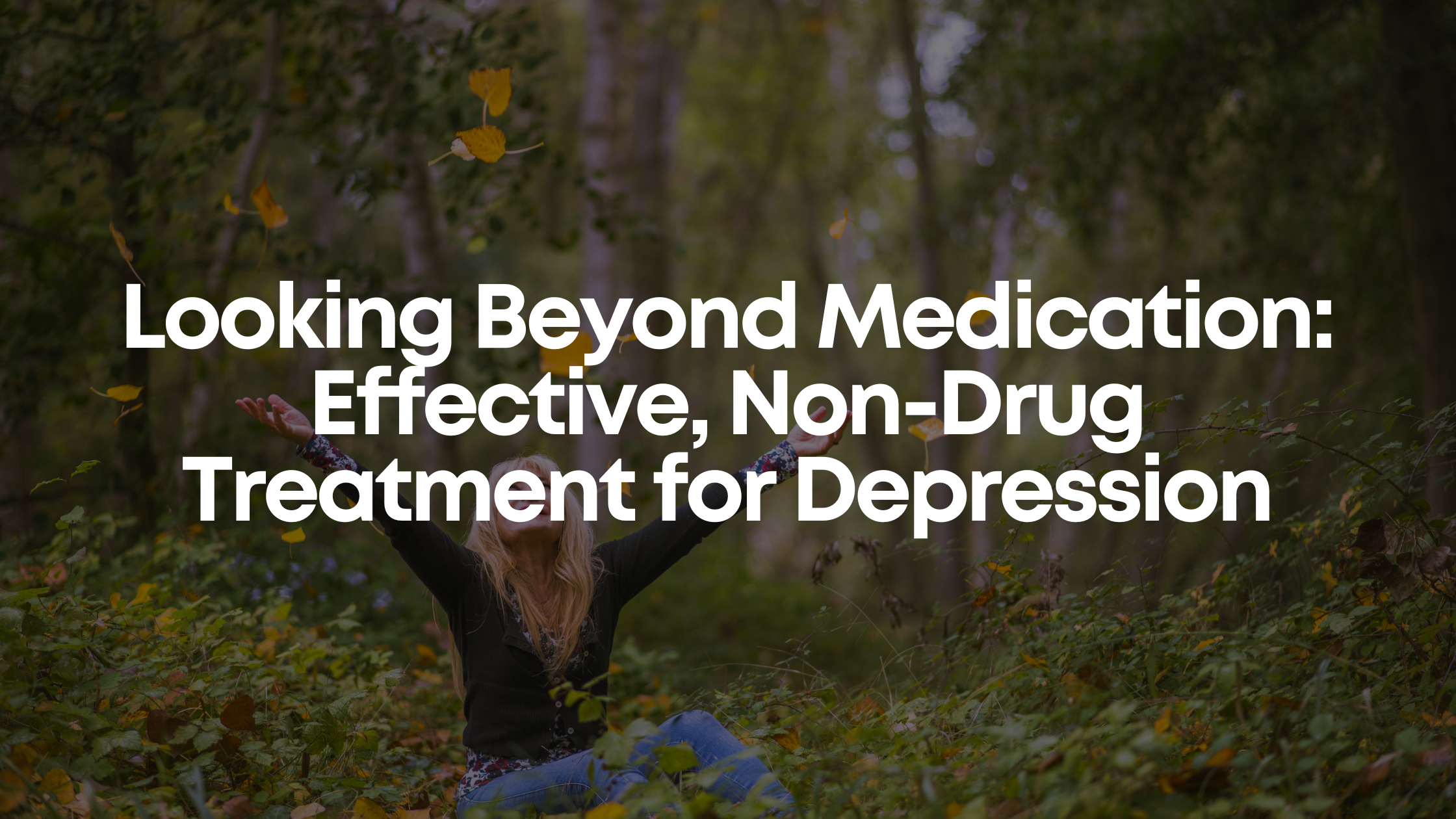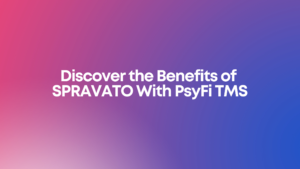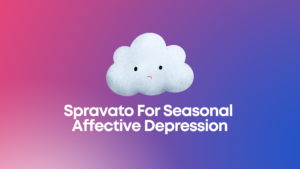Depression is one of the most common mental health issues, affecting millions of people worldwide. While antidepressant medications are frequently prescribed, they don’t work for everyone. Many people struggle to find an effective treatment for their depression. Fortunately, there are alternatives beyond medication, such as transcranial magnetic stimulation (TMS). This non-invasive therapy uses magnetic pulses to stimulate areas of the brain involved in mood regulation. Let’s take a closer look at how TMS works and its effectiveness in treating depression. By the end of this blog, you’ll have a better understanding of this non-drug treatment for depression, and if it’s the right choice for you.
Understanding How TMS Therapy Works
TMS involves placing a magnetic coil against the scalp while the patient sits in a reclining chair. This coil delivers electromagnetic pulses that penetrate the skull and stimulate nerve cells in the targeted area of the brain.
For depression, TMS targets the left dorsolateral prefrontal cortex. This is an area involved in mood regulation that is often underactive in depressive disorders. The magnetic pulses activate this region, which can improve symptoms.
TMS sessions last about 20-40 minutes and are typically administered 5 days per week for 4-6 weeks. The pulses emitted by the coil feel like a tapping on the head. The treatment itself is non-invasive and does not require anesthesia or sedation. Patients can resume normal activities immediately after each session.
Demonstrated Efficacy in Treating Depression
An extensive body of research has shown TMS to be effective for treating major depressive disorder. In one analysis of over 3000 patients, 58% of those who received TMS showed a significant reduction in symptoms.
Additional studies have found TMS to be superior to sham treatment. In sham-controlled trials, patients receive simulated TMS that mimics the sensation but does not actually stimulate the brain. One meta-analysis of sham-controlled studies found that active TMS was 4 times more likely to produce remission from depression than the sham stimulation.
TMS has also proven effective even when medications have failed. In one study of patients who did not improve with antidepressants, over 1/3 experienced at least partial symptom relief with TMS.
Predicting Who Will Benefit Most from TMS
Of course, as with any depression treatment, TMS does not work for 100% of patients. Research has explored predictors of who is most likely to respond well to this therapy.
Several factors have been identified that can help gauge if someone is a good candidate for TMS. These include:
- Shorter duration of the current depressive episode (less than 5 months)
- Higher levels of agitation and psychomotor activity
- Fewer previous failed medication trials
- Good response to TMS early in the treatment course
- Prior benefit from electroconvulsive therapy (ECT)
Patients with these characteristics tend to see better outcomes from TMS therapy for depression. However, those without these predictors can still experience improvement. TMS outperforms sham treatment overall, regardless of the patient profile.
A Non-Invasive Alternative to Medication
The growing research supports TMS therapy as an effective treatment for major depression. At PsyFi TMS, we provide two types of TMS – Blossom TMS and Brainsway TMS. For those who have struggled to find relief with medications alone, TMS may provide the hope you’ve been searching for. To learn more about how TMS could help your treatment-resistant depression with this non-drug treatment for depression, contact PsyFi TMS today: info@psyfitms.com.



